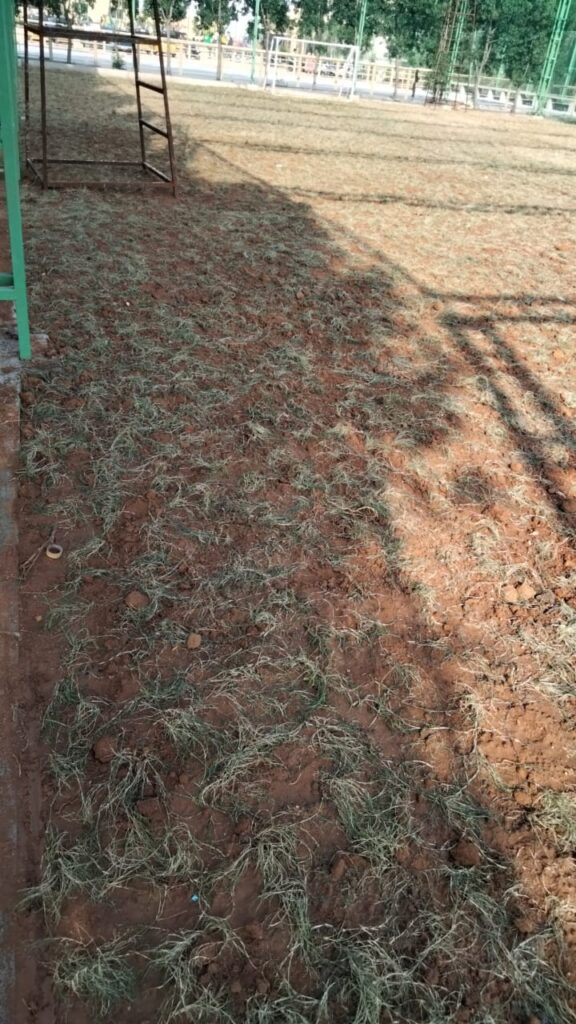How to grow lawn grass from seeds
Have you ever dreamed of a thick, vibrant field that beckons you to sprawl out with a good book? Maybe your present lawn is more of a of a dirt patch than green. Well, worry no more! Growing a beautiful lawn from seed is an achievable and satisfying job. How to grow lawn grass from seeds – This guide will walk you through the steps from prepping your soil to nurturing those tiny sprouts into a healthy green mat.
Seeding Success: Planning Makes Perfect
Before you grab a bag of seeds and head outside, a little planning goes a long way. Know your zone: Different grass types grow at different temperatures. Research the best grass types for your USDA planting zone . Timing is key: Fall is the best time for most cool-season grasses, allowing for development before harsh winter weather. For warm-season grasses, wait until late spring or early summer, when soil temperatures are usually warm. Size matters: Measure your growing area to decide how much seed you’ll need. Seed bags usually include coverage figures.
Preparing the Perfect Seedbed
Now that you’ve got the plan, it’s time to get your land ready for its main role: Clear the area: Remove any current grass, weeds, rocks, or trash. Test your soil: A soil test kit will show your soil’s pH level, which is crucial for proper grass growth. Amend the soil as needed to reach a pH between 6.0 and 7.5, which is the sweet spot for most plants. Loosen up: Till or rake the soil to a depth of 2-3 inches to make a free, aerated seedbed. Leveling Act: Use a rake to smooth out the surface and create a level planting area.
Seeding Savvy: Planting for Success
Seeding magic: Spread your seeds evenly using a scatter tool, or by hand for smaller areas. For the appropriate application rate, consult the bag’s sowing suggestions. Light touch: Gently rake the seeds into the top layer of dirt to make good contact. A thin layer of straw mulch can help keep moisture and avoid erosion. Watering wisdom: Water the seeded area softly but fully, looking for consistent moisture without waterlogging. Aim for short watering sessions 2-3 times daily, especially during sprouting (normally within 7–14 days).
Seedling Sanctuary: Nurturing Your New Lawn
Weed warrior: Emerging weeds can steal important resources from your young grass. Hand-pull weeds carefully, or spot-treat with a selective pesticide labeled safe for new fields. Mowing magic: Once the grass gets 3–4 inches tall, it’s time for the first mow! Set your mower to the highest setting, then gradually lower it over future mowings. Feeding frenzy: After about 4-6 weeks of growth, you can add a starter fertilizer especially designed for new grass.
Sit back and enjoy!
With consistent watering, proper mowing, and a little patience, your lawn will change from a sea of seeds into a lush green haven. Remember, a healthy lawn requires ongoing care, but the pleasure of watching your lawn thrive from your own handiwork is a reward that keeps on giving!Get ready to transform your outdoor space with this Blog Post How to grow lawn grass from seeds I recommend checking out:
- How to plant lawn grass : A Step-by-Step Guide for a Beautiful Yard
- Natural Weed and Grass Killer Recipe for a Chemical-Free Lawn
- What type of machine is used to cut grass?
- 5 gorgeous flowering plants to bring home in summer
- 10 Stress Relieving Indoor plants for home
- 10 plants you can easily grow in a bottle
- 5 Easy Tips to Maintain a Tulsi Plant at Home
- 5 Medicinal Plants to Grow at Home
- 10 palm plants to grow at home
Last Updated on 1 year ago by Anjali Mehra Ph.D. in Horticulture (Punjab Agricultural University)
- Best Lawn Grass for High-Footfall Religious Places in Punjab - December 29, 2025
- Why Lawn Grass Fails After Installation (Real Indian Case Studies) - December 25, 2025
- Nilgiri Grass vs Korean Grass – Price, Look & Maintenance Compared - December 23, 2025


